15 years since start of NATO's war against Serbia
15 years ago today NATO launched its campaign of aerial attacks against Serbia, then a part of the Federal Republic of Yugoslavia (SRJ, FRY).
Monday, 24.03.2014.
10:01

15 years since start of NATO's war against Serbia
The order was given to U.S. General Wesley Clark by NATO Secretary General Javier Solana.Clark later wrote in his book entitled "Modern Warfare" that the planning of the war was already under way in mid-June in 1998 and was completed in August of that year.
Serbia came under attack as the culprit for "the humanitarian catastrophe in Kosovo and the failure of negotiations in Rambouillet, Paris on the future status of the province."
The Paris conference presented Serbia with the proposal to have foreign troops deployed in its territory, which was rejected. The decision not to accept foreign troops was confirmed by the Serbian Assembly, and on March 24, 1999 NATO launched its attacks.
19 countries took part in the operation, using ships in the Adriatic Sea, four air bases in Italy, supported by strategic operators who took off from bases in western Europe.
According to estimates of the Serbian government at least 2,500 people were killed (according to some sources, the total number of fatalities was almost 4,000), while more than 12,500 were injured.

The total damage done to the country's economy and infrastructure was estimated at the time at USD 100 billion.
NATO military losses in manpower and technology have never been disclosed.
The Museum of Aviation in Belgrade displays parts of the destroyed F-117 and F-16 aircraft, UAVs, and cruise missiles.
Almost all cities in Serbia came under attack several times during the war that lasted 11 weeks.
The bombing destroyed and damaged 25,000 housing units, 470 km of roads and 595 kilometers of railways.
The attacks also damaged 14 airports, 19 hospitals, 20 health centers, 18 kindergartens, 69 schools, 176 cultural monuments and 44 bridges, while 38 were destroyed.
During the aggression NATO carried out 2,300 air strikes on 995 facilities across the country, while 1,150 combat aircraft launched nearly 420,000 missiles.
NATO also launched 1,300 cruise missiles, dropped over 37,000 cluster bombs, which killed some 200 people and wounded hundreds, and used prohibited ammunition with depleted uranium.

After several attempts to end the war by diplomatic means, the bombing ended with the signing of the Military Technical Agreement in Kumanovo on June 9, 1999, after which the Yugoslav Army (VJ) and Serbian police (MUP) started withdrawing from Kosovo and Metohija.
A day later, the UN Security Council adopted Resolution 1244, and some 37,200 NATO-led KFOR troops from 36 countries were deployed in the province with the task of keeping the peace, security, and ensuring the return of refugees until the widest degree of autonomy was defined for the territory.
Kosovo's ethnic Albanians in early 2008 unilaterally declared independence, something that Serbia rejected as an act in violation of its Constitution. Kosovo has been recognized as independent by leading western countries, including the United States, while Russia, China, and five of EU's 28 member states have not accepted the proclamation.



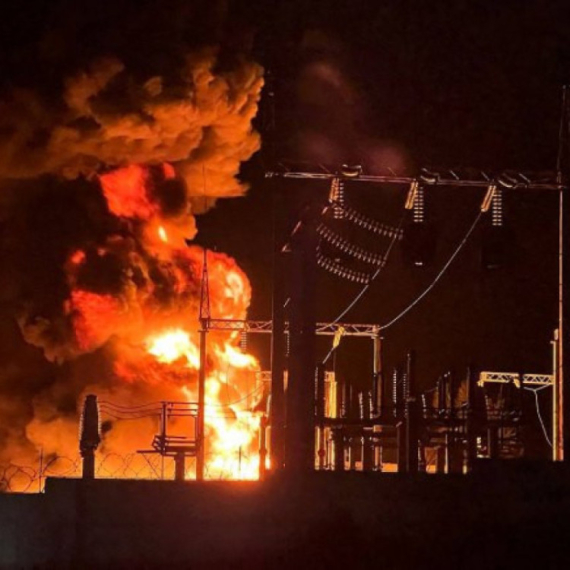
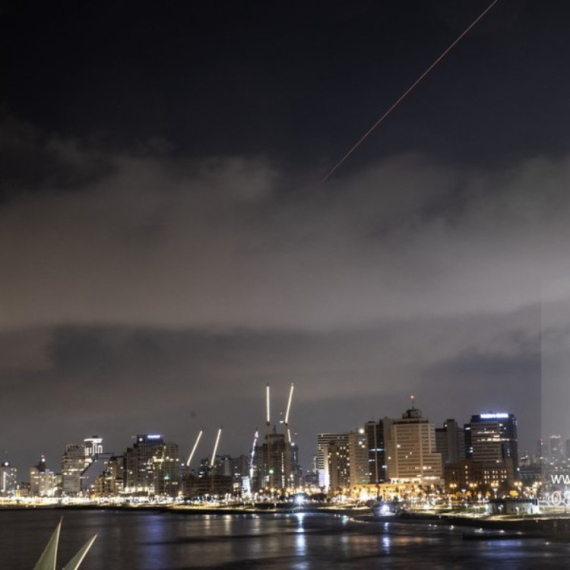






























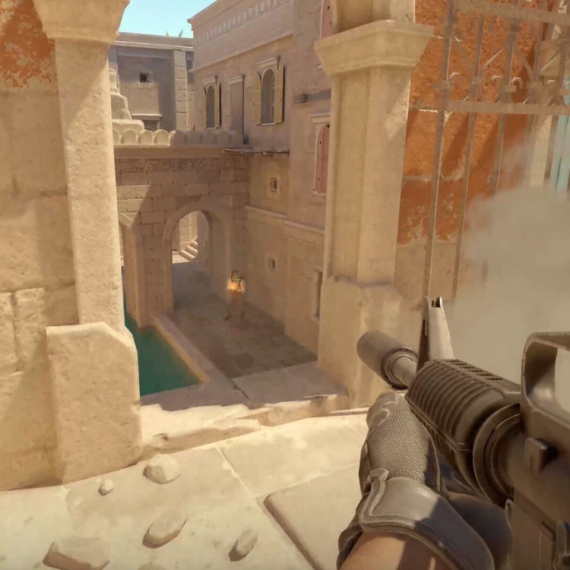
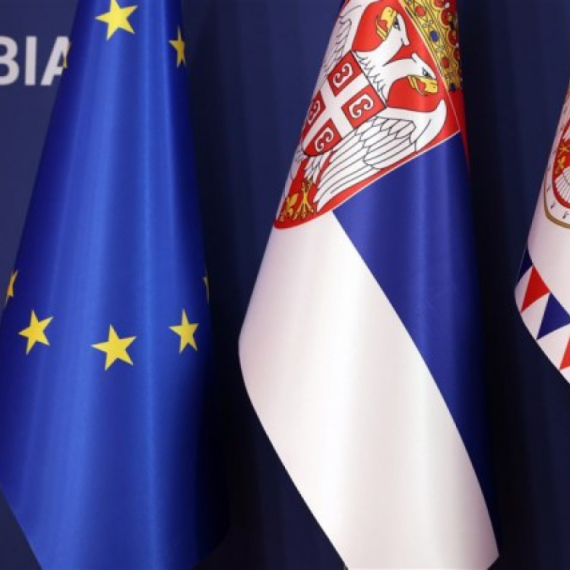
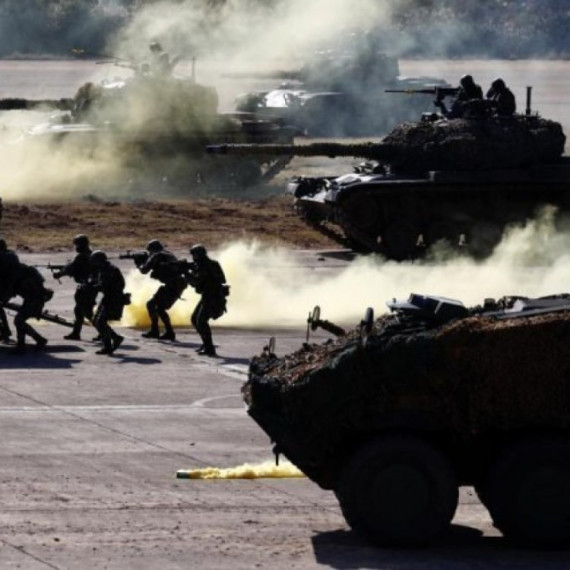
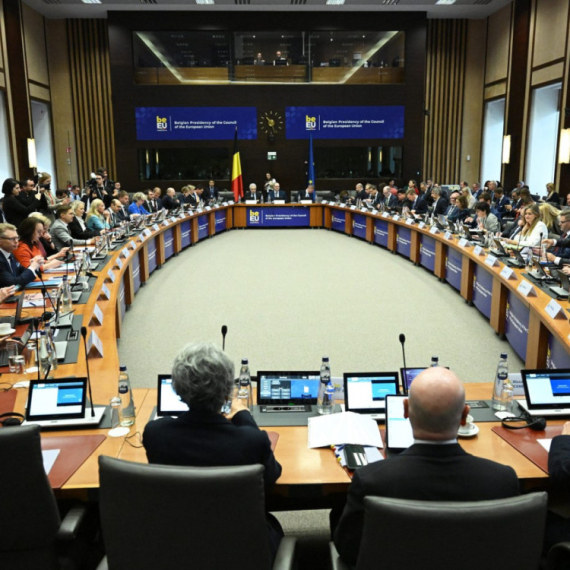
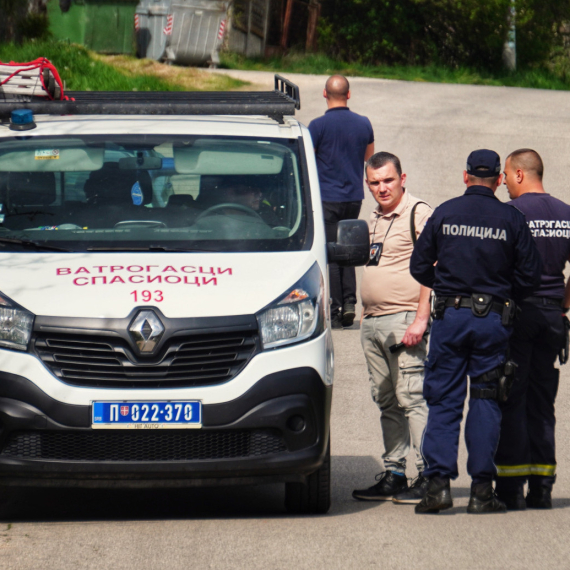
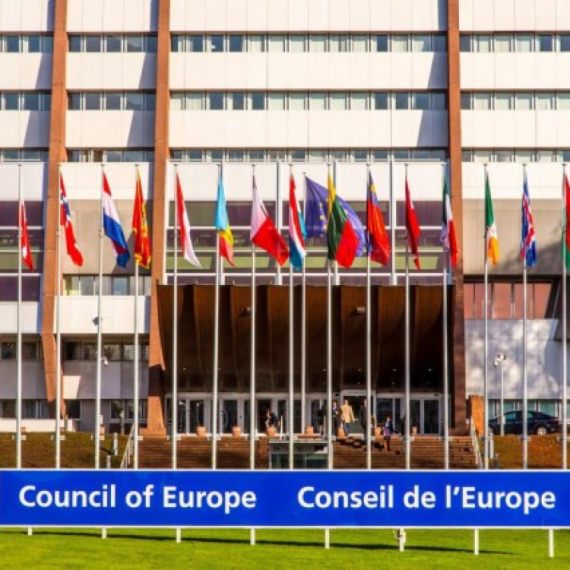





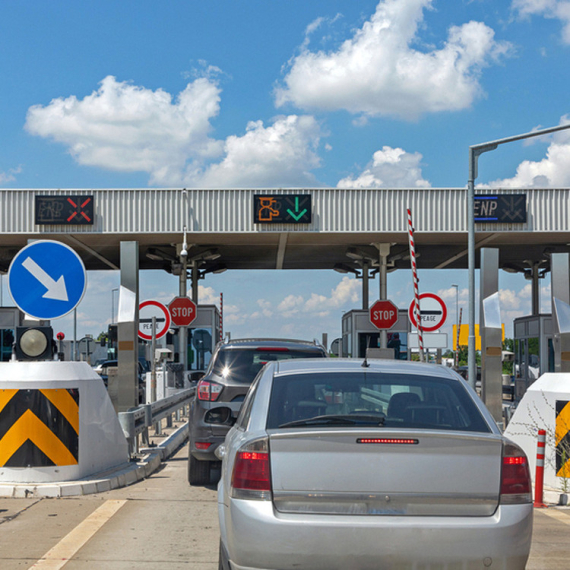





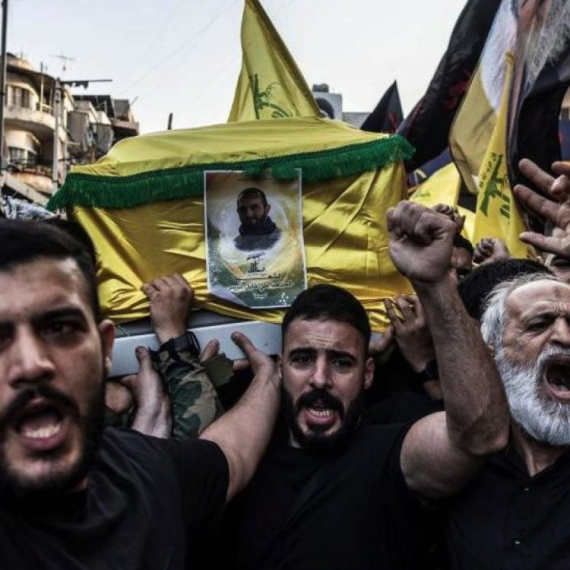




Komentari 54
Pogledaj komentare